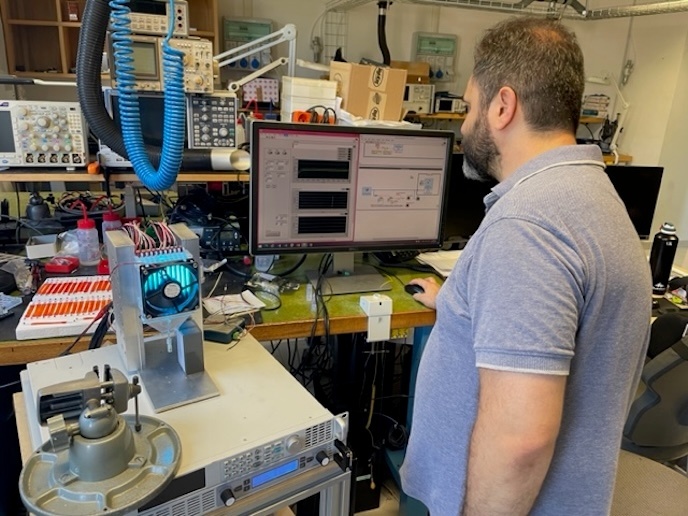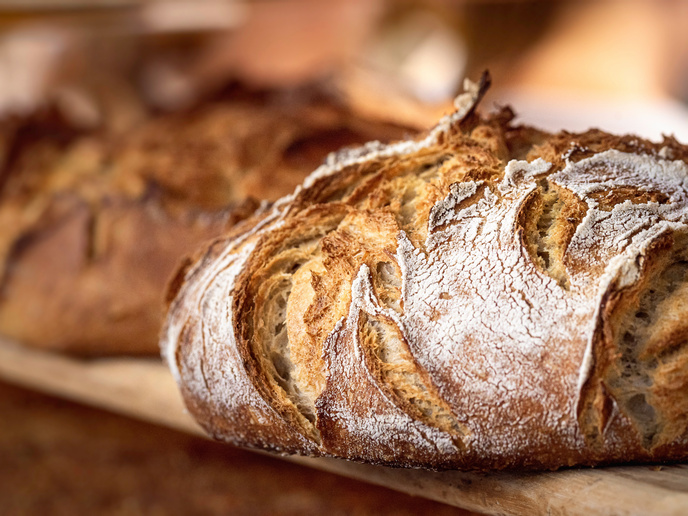A biosensor for pathogen detection in meat
Pathogens found in processed food pose a serious health threat. Current analytical methods are slow, costly and time consuming. Additionally, they require highly-trained personnel and specialised facilities. As a result, the development of a rapid, sensitive and cost-effective method for detecting common pathogens, especially in the meat industry, is required. The EU-funded project 'A rapid hand-held analyser for control of microorganisms in the complete meat supply chain' (Bugcheck) developed a biosensor for the detection of the most common pathogens such as Campylobacter, Salmonella and Escherichia Coli. Initially, the consortium carried out a pan-European survey to ensure that the technology developed corresponds to market needs. Survey results emphasised the need for the technology to be cost effective and rapid. A biosensor is a promising approach to pathogen detection as it allow for rapid and sensitive control testing on the processing floor, thus ensuring that contaminated food products do not reach the market. The Bugcheck system consists of interdigitated microelectrodes that through pathogen-specific antibodies bind microorganisms in the test sample. This induces a change at the surface of the sensor bringing about electrochemical and physical changes that eventually lead to the measurement of a signal. The intensity of that signal is proportional to the pathogen levels found in the sample. Following biological and technical optimisation, the Bugcheck system was shown to exhibit a high detection limit depending on the sample matrix. Overall, the Bugcheck system was appointed low commercial value but certain elements, including the antibody immobilisation procedure, biosensor components and the signal measurement method, were to be further exploited by some of the consortium's small firms.







